Dhaka is the capital city of Bangladesh, which is located in southern Asia. It is located alongside the Buriganga River and serves as Bangladesh’s primary government, commercial, and cultural hub. The city has a rich history, with the ancient city serving as the Mughal capital of Bengal in the 17th century. As a result, several ancient mansions and mosques from that era have survived. The National Parliament House complex, created by American architect Louis Kahn, is one of Dhaka’s most recognizable contemporary architectural icons.
This complex is noted for its unique architecture and serves as a symbol of the city’s growing urbanization and modernity. Dhaka has developed into a thriving metropolis with a varied population and a thriving economy.
Top 10 Places To Visit In Dhaka
1. Lalbagh Fort
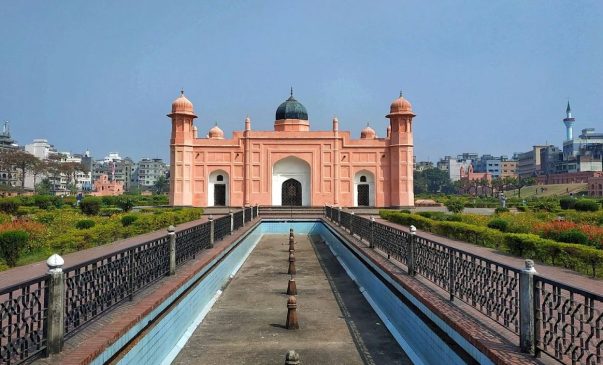
Lalbagh Fort, in fact, is a historic fort located in the ancient city of Dhaka, Bangladesh. Its name, “Lalbagh,” comes from the district in which it is located, which translates to “Red Garden.” This term refers to the fort’s and its surrounds’ reddish and pinkish architectural characteristics from the Mughal period.
The fort was originally called as “Fort Aurangabad” and was built in 1678 by Prince Muhammad Azam, the third son of Mughal Emperor Aurangzeb. However, the fort was never finished during his lifetime, and it is historically significant as an incomplete Mughal imperial complex.
Lalbagh Fort is today a prominent historical landmark and tourist destination in Dhaka, displaying Mughal architecture and offering visitors a unique experience.
2. Ahsan Manzil Museum
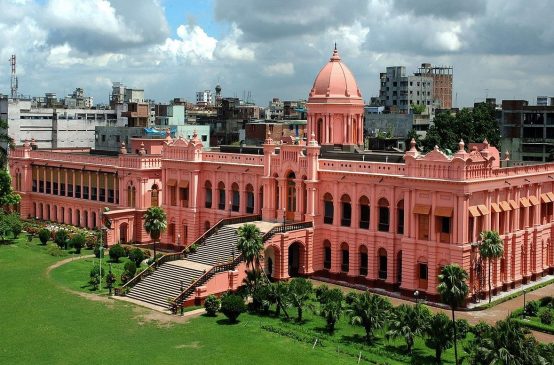
The Pink Palace, sometimes referred to as Ahsan Manzil, is a historical and architectural gem situated in Bangladesh’s capital city of Dhaka, in the Kumartoli district. The region’s historical and cultural significance is attributed to this magnificent palace.
Ahsan Manzil was constructed in the latter part of the 1800s, under the Dhaka Nawabs’ rule. It was built by Nawab Abdul Ghani, and then refurbished by his son, Nawab Khwaja Ahsanullah. The palace functioned as the official seat and home of the Nawab of Dhaka. The architectural design of Ahsan Manzil is a distinctive fusion of European and Indo-Saracenic elements. The castle was given the nickname “Pink Palace” because of its unusual pink hue.
3. Bangladesh National Museum
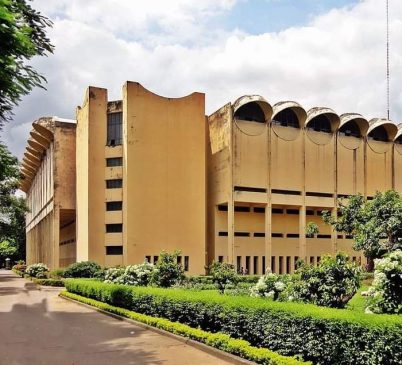
The Bangladesh National Museum, located in Dhaka, is the country’s national museum. It is one of the country’s most significant cultural institutions, serving as a storehouse for Bangladesh’s rich cultural history. The museum is well-organized, with a broad collection of items and displays covering all elements of Bangladesh’s history, culture, and legacy.
As you indicated, the museum is divided into divisions, each of which focuses on a different element of Bangladesh’s legacy and history. One of these departments is the Department of Ethnography. This category is generally concerned with the study and exposition of various ethnic groups and communities in Bangladesh. It features exhibits of traditional clothes, jewelry, utensils, household objects, and other antiquities.
4. Central Shaheed Minar
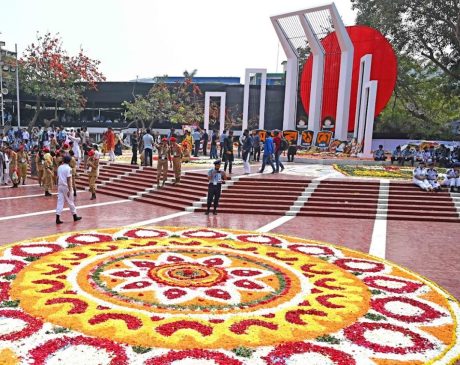
The Central Shaheed Minar, commonly known as the Central Martyrs’ landmark, is a notable Dhaka landmark. It was created to honor the dead of the Language Movement of 1952, when the people of Bangladesh (then East Pakistan) challenged the imposition of Urdu as the sole national language. The initiative finally resulted in Bengali being recognized as one of Pakistan’s official languages.
The Shaheed Minar is a symbol of the sacrifice made by people who struggled for the right to speak and maintain Bengali, their mother tongue. The architecture of the monument is impressive, with a large central tower covered with ornate motifs and calligraphy. It is a place of memory and meditation for both Bangladeshis and foreigners.
5. Liberation War Museum
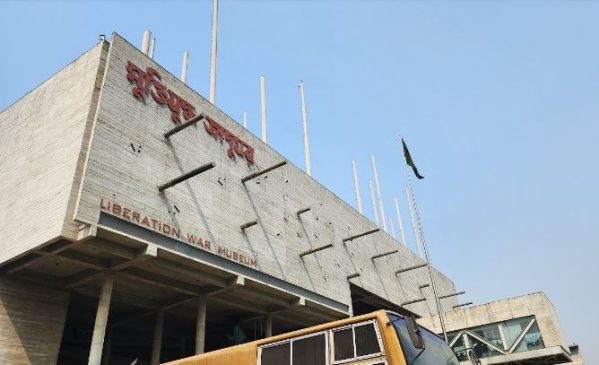
The Liberation War Museum in Dhaka, Bangladesh, is a prominent institution dedicated to remembering and preserving the history and memory of the 1971 Liberation War in Bangladesh. This conflict was a watershed point in Bangladesh’s history, ushering in its independence from Pakistan and the creation of the country as an independent nation.
The museum is located in Dhaka’s Agargaon neighborhood and has historical relics, papers, pictures, and exhibitions linked to the Liberation War. Its goal is to educate visitors, particularly younger generations, about the events and sacrifices made during the conflict.
6. Ramna Park
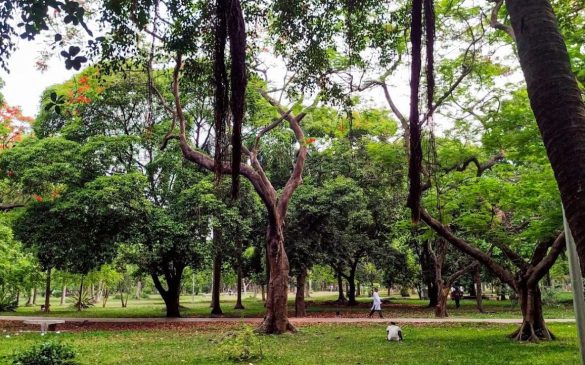
Ramna Park, in the center of Dhaka, Bangladesh, is one of the most important and attractive recreational spaces in the city. It is a big, lush green park recognized for its natural beauty and tranquil setting. Here are some highlights and details about Ramna Park:
Ramna Park is located in the heart of Dhaka, making it conveniently accessible to both inhabitants and visitors. Because of its central position, it is a popular destination for leisure and outdoor sports. The park is recognized for its lush vegetation, which includes trees, bushes, and well-kept lawns. The inclusion of a pond in the park’s center adds to its allure, offering a serene setting in the midst of the bustling metropolis.
7. Jamuna Future Park
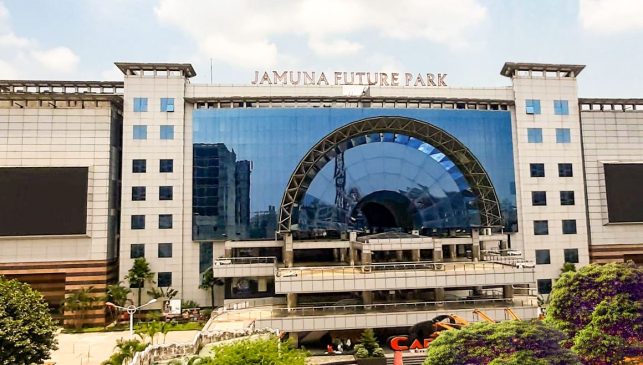
Jamuna Future Park is one of Dhaka, Bangladesh’s largest and most contemporary retail malls. Here are some important facts regarding this well-known retail center: Jamuna Future Park was formally opened on September 6, 2013. The mall was a major project that began in 2002 and was completed by Jamuna Builders Ltd., a subsidiary of the Jamuna Group. The mall’s exterior was finished in 2008. Size & Floor space: The retail mall has a total floor space of roughly 4,100,000 square feet, making it one of Bangladesh’s largest malls. This large area is home to a variety of retail outlets, entertainment opportunities, food restaurants, and other facilities.
8. Baitul Mukarram National Mosque
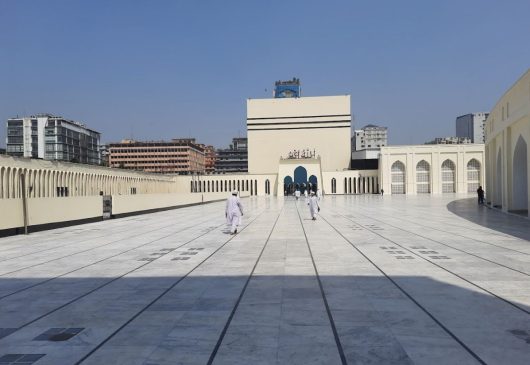
Baitul Mukarram, often written Baytul Mukarrom, is Bangladesh’s National Mosque. It has significant cultural and religious significance in the country and is located in the middle of Dhaka, Bangladesh’s capital.
Baitul Mukarram is designated as Bangladesh’s National Mosque, serving as a symbol of the country’s religious identity and solidarity. It is a prominent site of prayer for Muslims in Bangladesh, as well as a symbol of the country’s cultural and architectural legacy. Baitul Mukarram’s building was finished in 1968. In comparison to some of the older mosques in the area, it is a relatively new mosque. The mosque is remarkable for its architectural significance.
9. Dhakeshwari National Temple
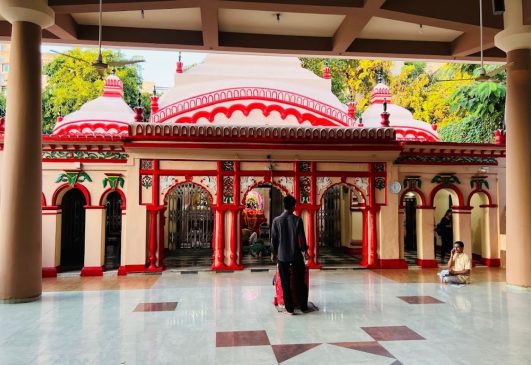
The Dhakeshwari National Temple in Dhaka, Bangladesh, is a major Hindu temple that also serves as the country’s “National Temple.” It is one of Bangladesh’s most prominent and beloved Hindu religious places.
The Dhakeshwari National Temple exhibits Bangladesh’s religious variety and cultural richness. It is a site of prayer, meditation, and celebration for the country’s Hindu community, as well as a symbol of harmony and tolerance among diverse religions.
10. Dhaka New Market
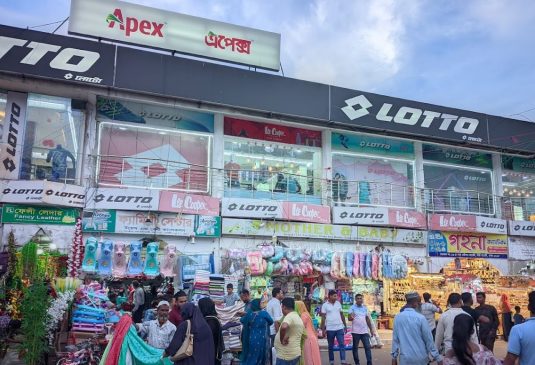
New Market, also known as ” ” in Bengali, is one of Bangladesh’s largest and most well-known commercial retail markets. It is situated in the northern portion of Azimpur in Dhaka, Bangladesh’s capital city.
New Market is a large and lively market that acts as a crossroads for a variety of commercial operations. It is well-known for its numerous stores, booths, and vendors selling a wide range of things.
Products and Vendors: Clothing, textiles, footwear, accessories, electronics, household products, and other items are available to visitors to New Market. The market is well-known for its apparel and trendy products.
11. Jatiya Sangsad Bhaban
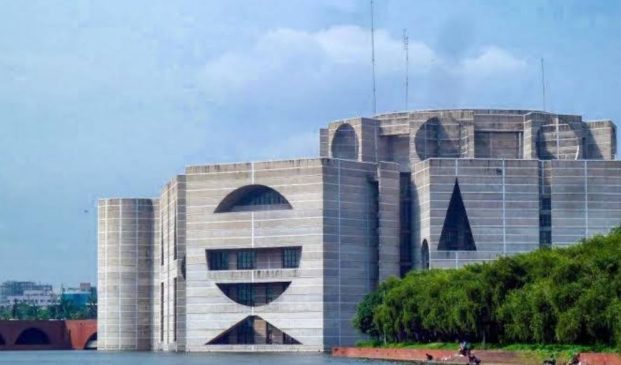
The Jatiya Sangsad Bhaban, popularly known as the National Parliament House, is the legislative structure that houses Bangladesh’s Parliament. It is located in the Sher-e-Bangla Nagar neighborhood of Dhaka, Bangladesh’s capital city.
The Jatiya Sangsad Bhaban is recognized for its distinctive and eye-catching architectural design. It is regarded as one of the world’s most outstanding architectural masterpieces. Louis Kahn, a well-known American architect, designed the structure. The National Parliament House’s construction began in 1961 and was finished in 1982. It was launched by former Bangladesh President Ziaur Rahman. The structure has enormous cultural, political, and national significance.
Read Also:
Al Mahmud is a breaking-news reporter in The Maryland Post’s USA, covering news as it unfolds in the United States and around the globe during overnight and early morning hours in Maryland. He is a graduate of the School of Social Science, Dhaka International University, with a degree in Sociology.
